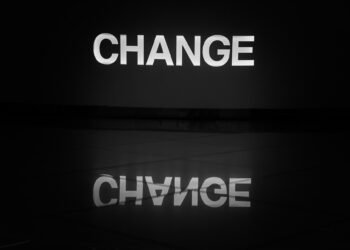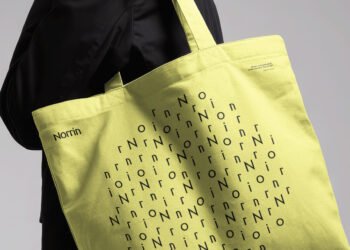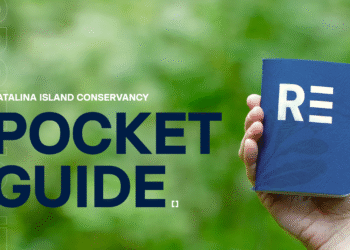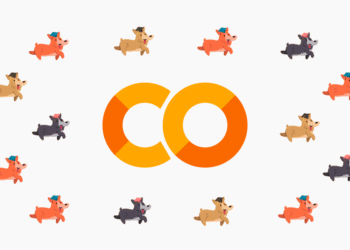How do we tell the difference between what we feel and what we know? Many of us fear this question, particularly in the workplace, because it reinforces the conclusion that there is a firm line between emotion and rationality. Emotion, however, is a form of knowledge as well as a barometer of intelligence. In a productive organization, emotion is an essential component in the formation of strategy. We’ve learned this from branding.
Expressing feelings has long lived in the realm of storytelling. Invoking feeling has become a mainstay of corporate advertising campaigns, for products as well as services. Paul Larche explored this recently in a strong piece. How we feel when using a product or service — and how a story resonates with us as we read or watch it — has made the surge of emotion a legitimate call to action for brand strategists.
This article is part of Branding Strategy Insider’s newsletter. You can sign up here to get thought pieces like this sent to your inbox.
The easy examples are consumer-facing behemoths like Coca-Cola, Dove, Nike, and Apple. Yet the professional services category, where technical solutions must be wrapped into people-to-people engagement by firms such as Salesforce and Accenture, offers, at the highest level, the efficacy of inviting charged reactions into the room when solving problems. These teams are on the ground hourly with clients who are expressing all forms of emotion to them — frustration, elation, despair, satisfaction — so they’ve developed not just a level of comfort but the ability to turn emotion into a lever to the next level. There is a reason the big accounting and consulting firms, back in the day, began calling client service projects “engagements.”
Today, there is more to be done, and we have the technological capacity to do it: deploy stakeholder intelligence — including feelings and intuition — to enrich strategy setting. Using artificial intelligence tools not just to automate tasks but to build models that direct emotion into strategy setting could change performance outcomes — by enabling a high level of integration between the qualitative and the quantitative — setting the expectation that beyond being valid, instinct and insight enrich the numbers.
As a marketer, your job is to compete. Compete differently with The Blake Project.
Companies can test the water by using three techniques that branders use to give color to and compel loyalty for products and services.
- Go to the data. Besides buying patterns and shelf placement, alongside packaging and promotion, branders delve into understanding customers’ goals, dreams, and expectations — because this understanding will tell the branders how to connect with the customers beneath the surface. When setting corporate strategy, incorporate what employees think about their assignments and how they connect to the organization’s purpose and strategic priorities.
- Focus beyond the first transaction. How customers feel deep in their hearts and minds abides in the realm of emotion — so the right kind of message touches customers and inspires brand loyalty, not just the one-off purchase. When setting corporate strategy, capture the through-line between projects, within functions, and across them, to map employee engagement and the obstacles to it.
- Develop a persona. Successful brands assign “whole person” traits to the customers they target for sales. This helps not just with what you say to the customers; it helps in product design and features. When setting corporate strategy, enable stakeholder personality traits to contribute to purpose, vision, and values — inspiring the design and execution of projects and continually refining their relevance to the organization’s revenue and profitability goals.
Many branders have perfected the art of telling the difference between what customers feel and what they know. The same is possible in setting corporate strategy — as long as we all recognize that emotion can be perfectly rational, even when it comes at us passionately and firmly. Celebrate it, use it. Let emotion emerge.
Contributed to Branding Strategy Insider by Mary Trigiani, Advising at the intersection of strategy, narrative, and transformation.
At The Blake Project, we help clients worldwide, in all stages of development, define and articulate what makes them competitive and valuable at pivotal moments of change. Please email us to learn how we can help you compete differently.
Branding Strategy Insider is a service of The Blake Project: A strategic brand consultancy specializing in Brand Research, Brand Strategy, Brand Growth, and Brand Education
Post Views: 0














![Google releases colorful rope wrist straps for Pixel phones [Gallery]](https://mgrowtech.com/wp-content/uploads/2025/09/Google-Rope-Wristlet-120x86.jpg)


